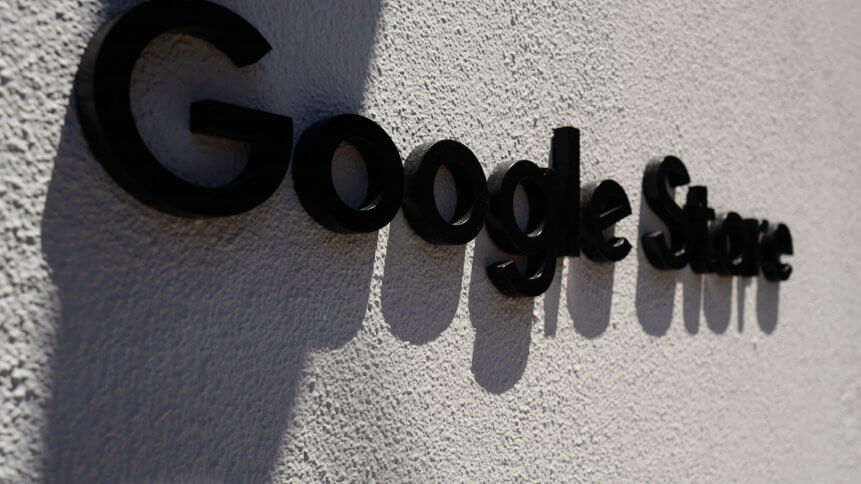
Analytical insights can be key for organizations to make the decisions they need to make to fuel business growth. Businesses now want the capability to get analytics from the point the data is created. Real-time data requires real-time analytics for better decision-making processes. And with growing data streams volumes from various applications and locations, they need to be effectively managed and analyzed. Edge analytics solves this.
Today, edge analytics is highly sought after by organizations wanting to be at the top of their game. Be it for insights, better customer experience, or even perfecting the supply chain, the use cases for edge analytics only continue to grow.
Edge analytics ensures automatic, real-time analytical computation of data without sending the data to the centralized data server for analytics or storage. With increasing numbers of connected IoT devices, businesses are making use of edge analytics and leveraging the solutions offered by cloud providers. Using next-generation data analytical tools, cloud providers like Google, IBM, and Amazon Web Services (AWS) are allowing businesses to unleash bigger value from their data.
Despite the challenges of the pandemic, the global market for edge analytics is estimated to reach US$25.4 billion by 2026 according to an industry report by Global Industry Analytics Inc. Edge analysis solutions are expected to grow the fastest with more businesses now realizing the advantages they can have by leveraging data closer to the edge. The world’s leading economies, the US and China are expected to adapt edge analytics solutions the most.
Of note is that more small and mid-sized companies in the US are attributing to the growth in edge analytics. At the same time, several large manufactures and telco players are also relying more on edge-based analytics. Apart from telco, smart cities that are fitted with sensors all over tend to rely rely heavily on edge analytics for providing the best experience and service.

A 5G logo at the Mobile World Congress (MWC) fair in Barcelona. (Photo by Pau BARRENA / AFP)
5G and Edge Analytics
5G is expected to perfect how edge analytics is transmitted. As network speeds improve, organizations can use more edge-based solutions for their operations. For example, AT&T’s 5G and Google Cloud’s edge computing portfolio launched new solutions to enable businesses to have better edge analytical capabilities. the two companies are taking the next step to deliver transformative capabilities that help businesses drive real value and build industry-changing experiences in retail, healthcare, manufacturing, and more.
Google Cloud and AT&T are also evaluating how network APIs could optimize applications by using real-time network information. The success of this would allow the companies to optimize user experience at the edge, not to mention drive stronger business outcomes.
“With premises-based 5G and network edge computing, we give our customers even greater control of where their data goes and how they use it – at higher speeds and with lower latency. These capabilities allow businesses to deliver unique experiences to their customers, today and into the future,” said Rasesh Patel, Chief Product and Platform Officer, AT&T Business.
Another company partnering with Google to develop 5G and edge cloud solutions is Ericsson. Ericsson will develop 5G and edge cloud solutions with Google to help communications service providers (CSPs) digitally transform their operations, and to unlock new enterprise and consumer use cases at Ericsson’s Silicon Valley D-15 Labs. “5G is a powerful innovation platform. Combined with edge cloud capabilities, 5G has the potential to accelerate the digital transformation of virtually any sector of industry or society,” said Niklas Heuveldop, President and Head of Ericsson North America.
Earlier this month, telecommunications and business services giant Vodafone partnered with AWS to bring much-vaunted edge computing capabilities to business customers located in the UK. Making its presence felt in the UK for the first time, the edge computing capabilities promise the use of cutting-edge developments such as augmented reality (AR) and machine learning that can be harnessed to capture and analyze vast quantities of data in bulk, enhancing business intelligence gathering and distribution.
As more capabilities and solutions for edge analytics are created, be it on-premise or on the cloud, organizations need to understand how they can make the most of their data. There is no denying that edge analytics will only create better efficiency in the long run. The question now is, can organizations keep up with the speed and explosion of data that they are harnessing.









